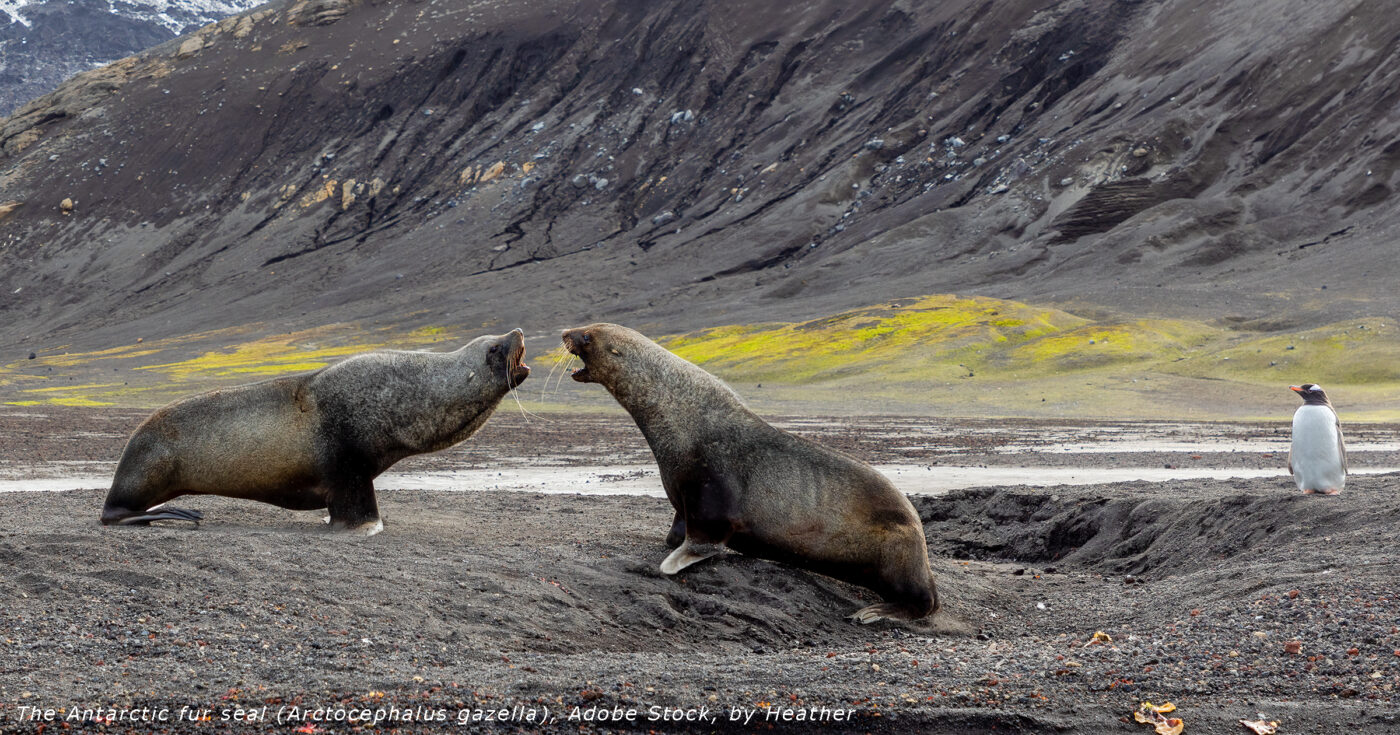
Very Important Predators
by Billy Timms
Antarctic Seals
There are six species of seals (Pinnipeds) that hunt the icy waters of Antarctica for birds, crustaceans, and fish. As crucial balancers of their habitats, these semi-aquatic marine mammals are very important predators to the pack ice and shores of Antarctica.
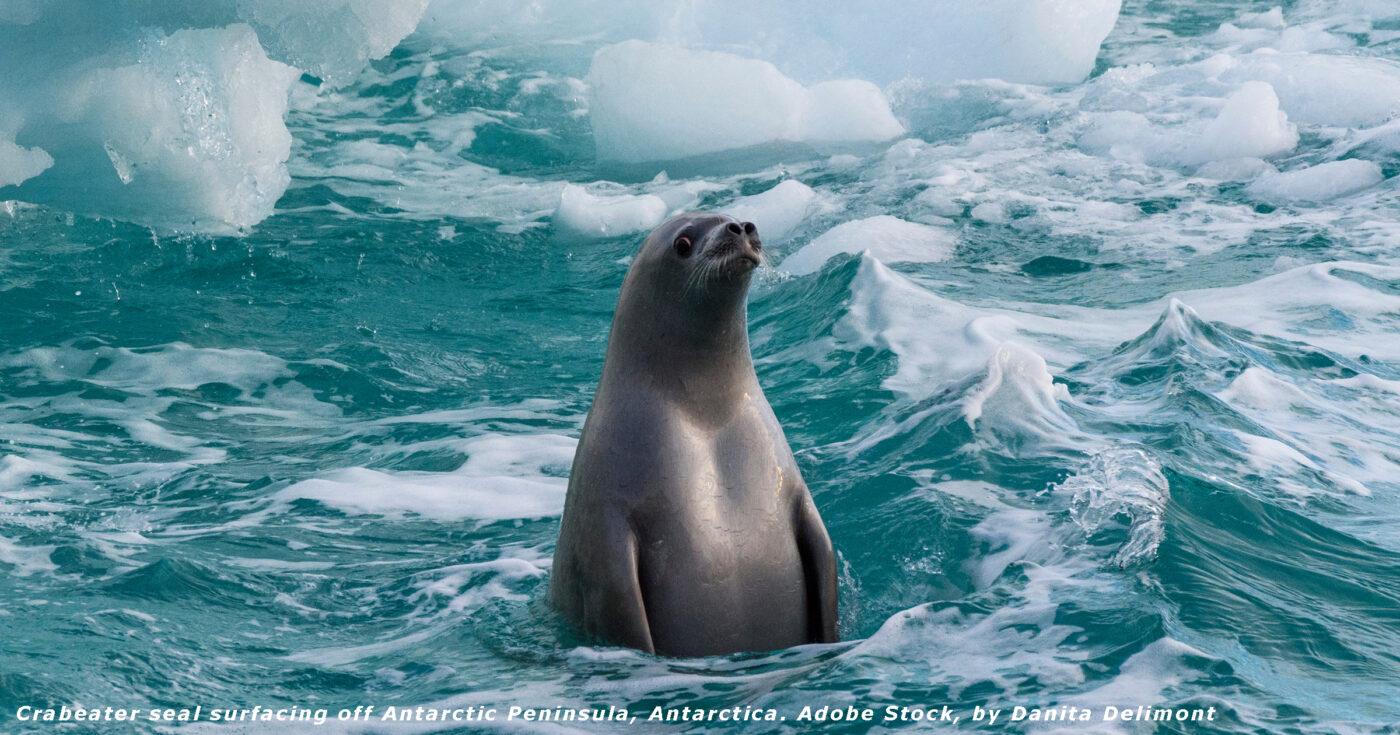
Crabeater seals (Lobodon carcinophaga) are krill-eating specialists inhabiting the free-floating Antarctic pack ice. Crabeaters are the most plentiful seal species, with millions of individuals in Antarctica.
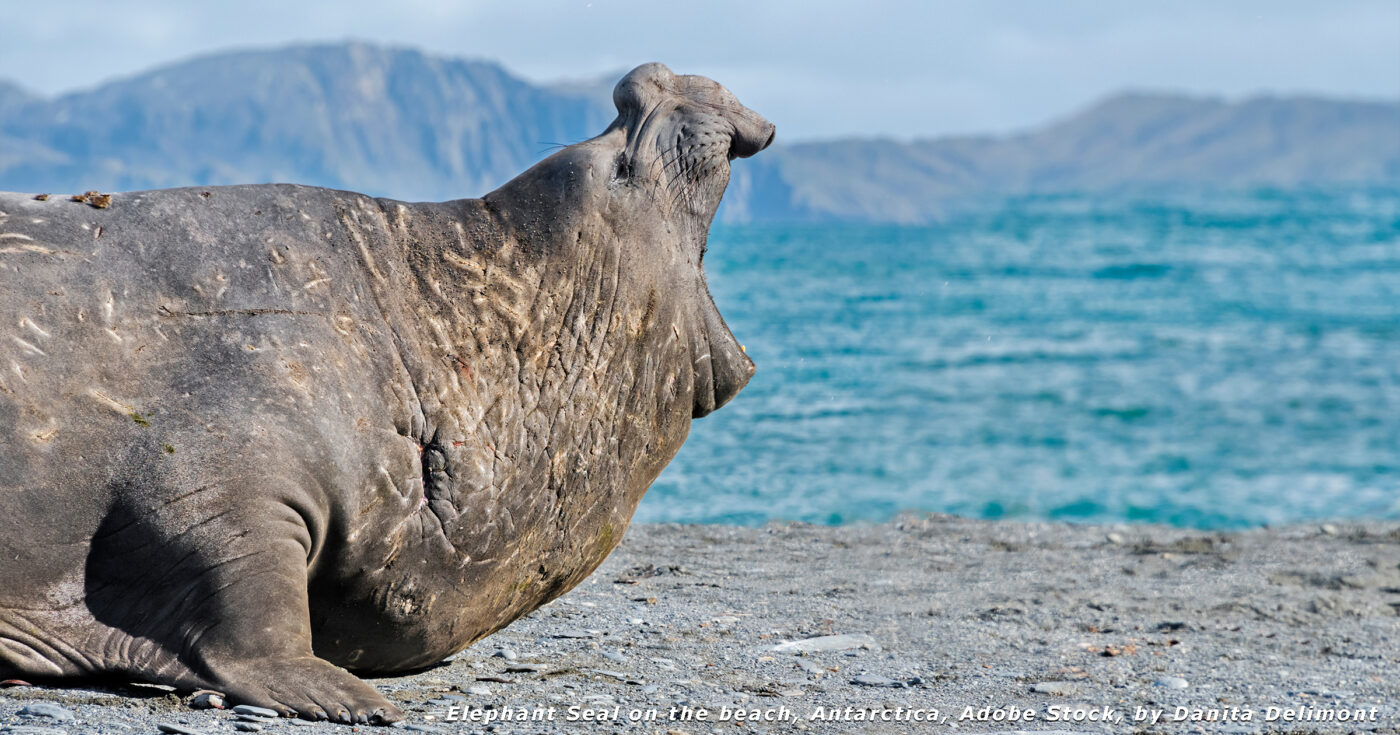
Elephant seals are the world’s largest carnivores, weighing more than walruses and polar bears. These massive predators are recovering from being hunted to the brink of extinction in the last century.
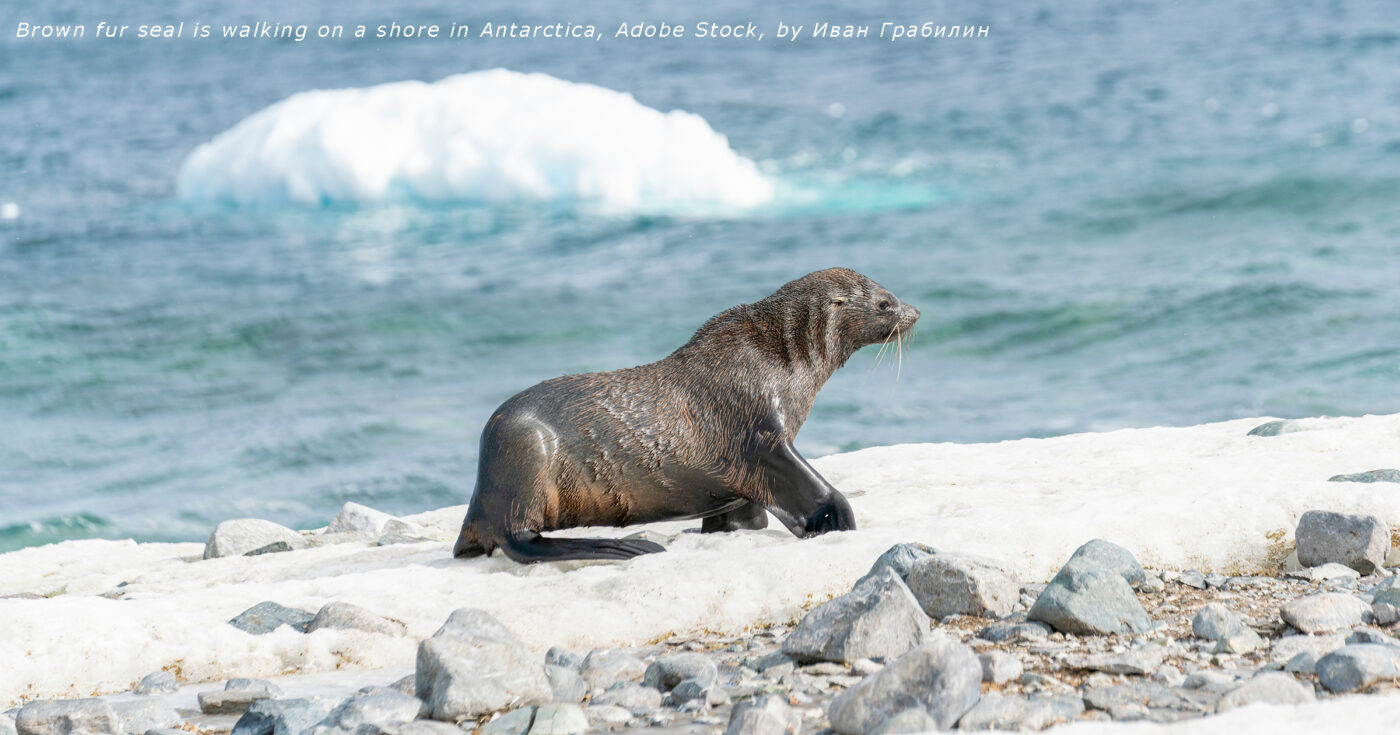
Fur seals have been targeted for hundreds of years for their thick fur coats. Many species suffered significant population declines before protections were established. Today most are recovering.
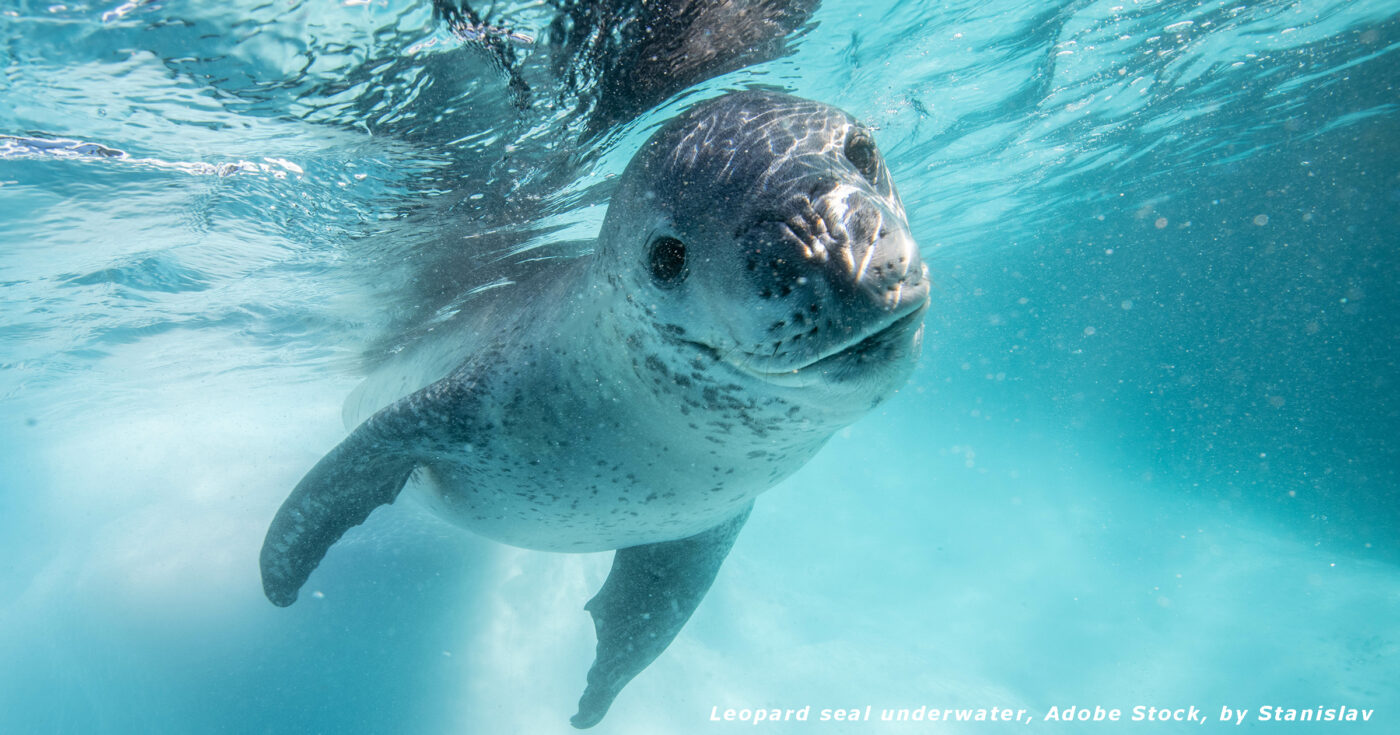
The Leopard seals are very large predators, with the only larger Antarctic seal being the elephant. They may one day face difficulties from climate change because they are dependent on sea ice.
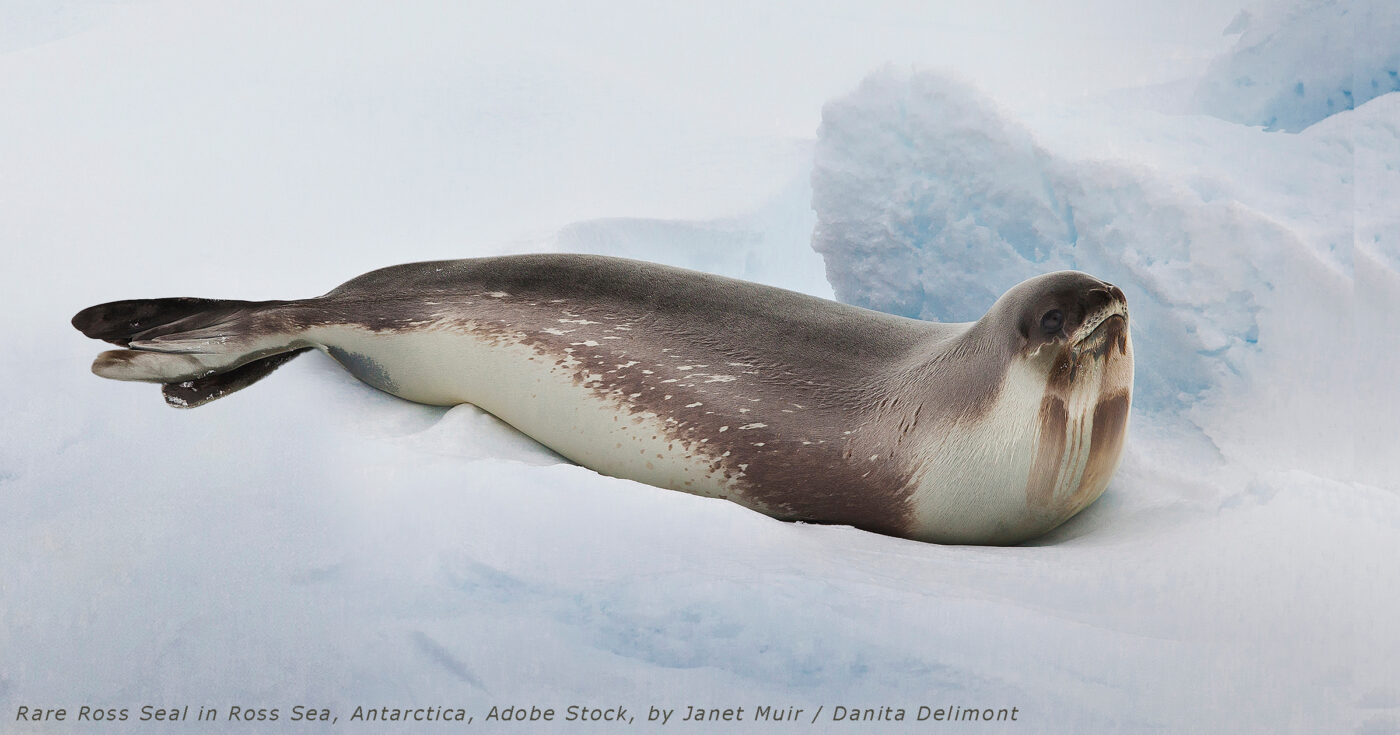
Ross seals are the smallest and scarcest pack ice seals, though their low population does not appear to be a result of human activity.
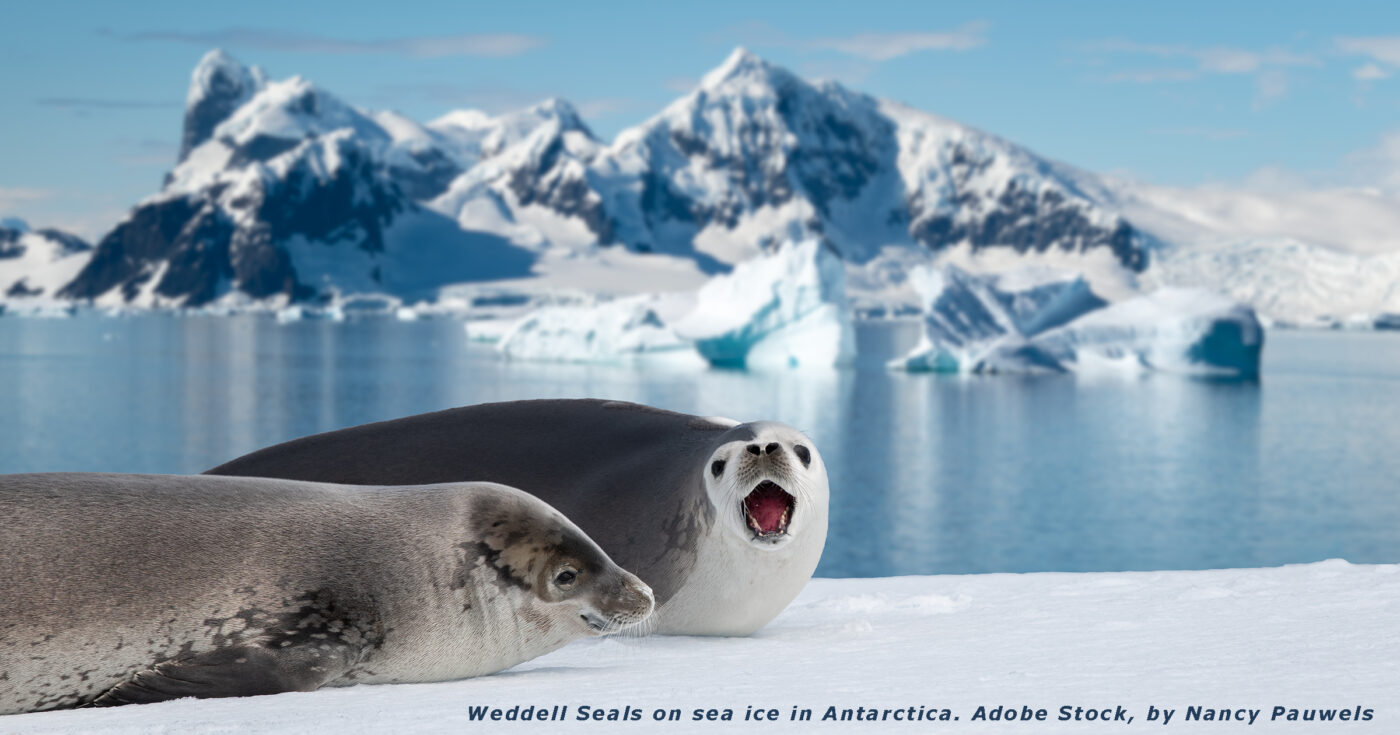
Weddell seals are a large and abundant species that typically inhabits ice that is attached to land.
Be Prepared
Antarctica is home to unbelievable scenes of the natural world, but it is a harsh region that is inhospitable for the survival of man. Get educated on how to protect yourself from the elements and pack accordingly before any visit. Know your threats and be prepared!
Beyond the predator and the prey.
– – –

NatAtEnvo was formed by BioTriad Environmental, Inc. to provide entertaining and informative media while keeping the wonders of nature in the public eye.

NatEnvo was formed by BioTriad Environmental, Inc. to provide entertaining and informative media while keeping the wonders of nature in the public eye.


